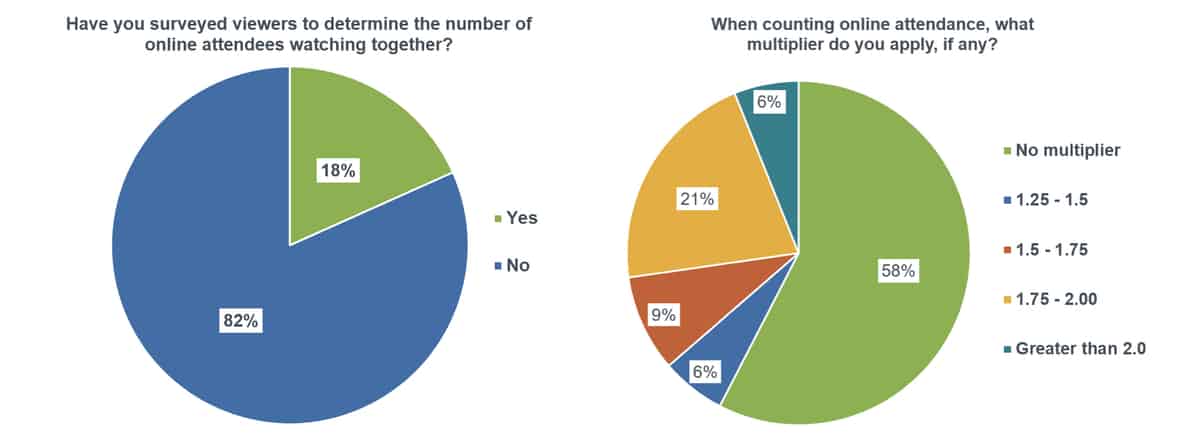The Paycheck Protection Program Flexibility Act (the “Flex Act”), which became law on June 5, 2020, replaces the 8-week period (referred to in the law as the “Covered Period”) for spending Paycheck Protection Program loan funds with a 24-week Covered Period. However, the Flex Act allows borrowers who obtained loans prior to June 5, 2020 to elect to have an 8-week Covered Period apply, as was provided in the original law enacting the Paycheck Protection Program…the CARES Act.
Here are five reasons why we believe many organizations will want to elect to have the 8-week Covered Period apply.
- The Flex Act reduced the required portion of the loan funds which must be spent on “payroll costs” in order to be eligible for forgiveness…from 75% to 60%. That change alone will allow many borrowers to qualify for 100% forgiveness of their PPP loans – even with an 8-week Covered Period.
- If your organization qualifies for full forgiveness (or almost full forgiveness) with the 8-week Covered Period, utilizing a 24-week Covered Period could be disadvantageous numerically. For example, if your organization is forced to reduce its workforce between now and the end of the 24-week Covered Period, such a development could reduce the PPP loan forgiveness amount.
- If your organization does qualify for 100% forgiveness with an 8-week Covered Period, electing the 8-week Covered Period should significantly limit the period for which your organization must provide documentation and make records available to the lender and/or the SBA. When given an opportunity to limit government or regulatory access to an organization’s records, we generally believe it is a good idea to take advantage of such opportunity. In other words, we believe giving the government access to organizational information relevant for an 8-week period is better than doing so for a 24-week period.
- The rules surrounding the PPP loan process (including forgiveness) have been changing almost continuously since passage of the original CARES Act. Not every rule change has been positive. It would seem that having a PPP loan forgiven as soon as possible could potentially be advantageous.
- The end of a 24-week Covered Period will be after the November elections. If a new president and administration were to take office on January 20, 2021, it is not clear whether a new administration would take the same approach to evaluating loans for forgiveness that the current administration takes. The current administration seems to be taking a generally positive and helpful approach to PPP loan forgiveness, with a general desire to permit PPP loans to become grants as much as possible within the reasonable boundaries of the law. Electing the 8-week Covered Period and applying for loan forgiveness in the coming few weeks would ensure that the loan forgiveness application process is handled within the current administration.
The BMWL COVID-19 Task Force stands ready to assist our clients in addressing these matters. We are currently accepting engagements for the preparation of PPP loan forgiveness applications and related documents. Our Task Force may be reached at C19TaskForce@nonprofitcpa.com.








